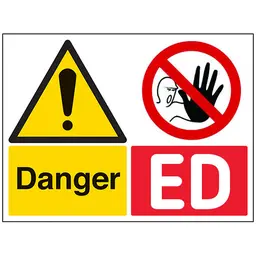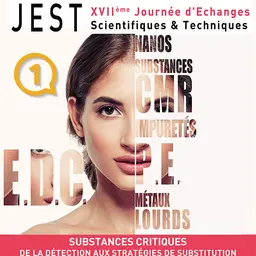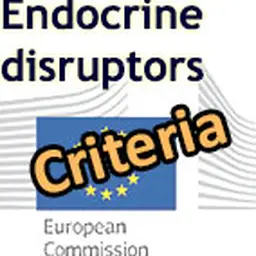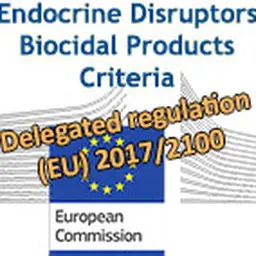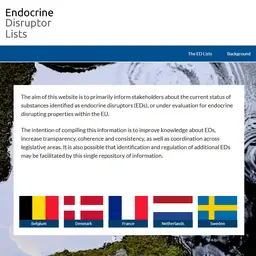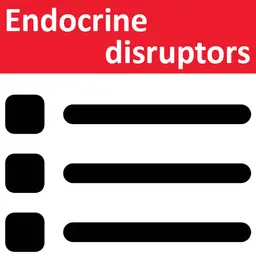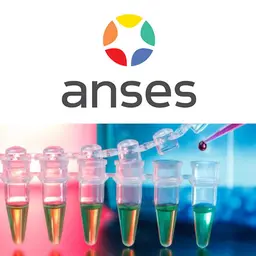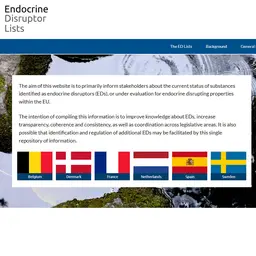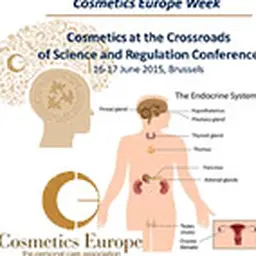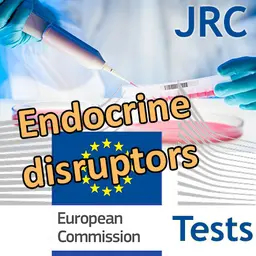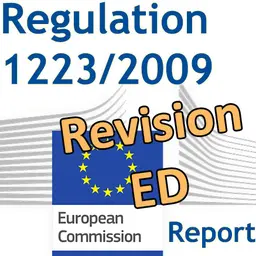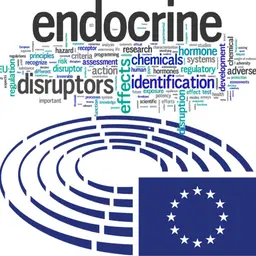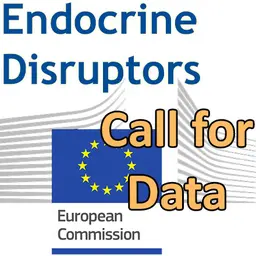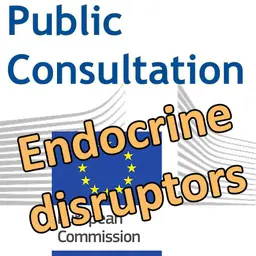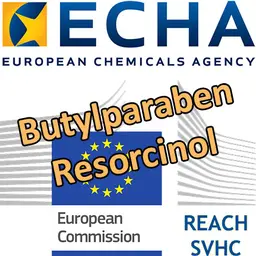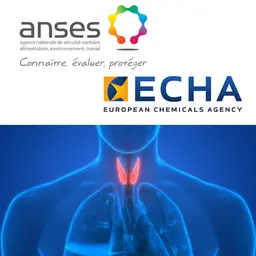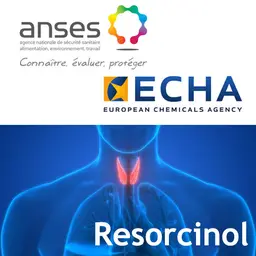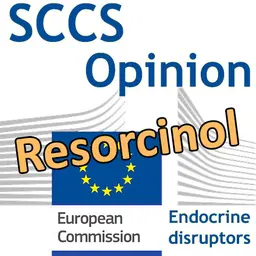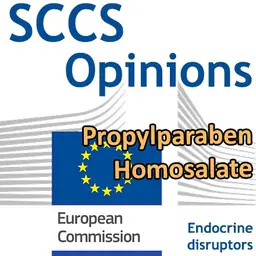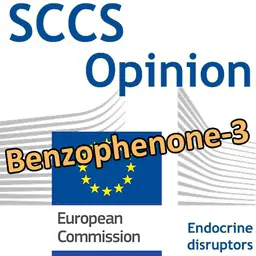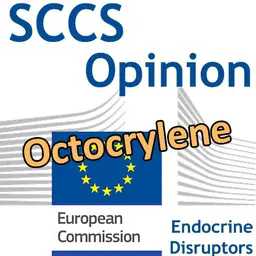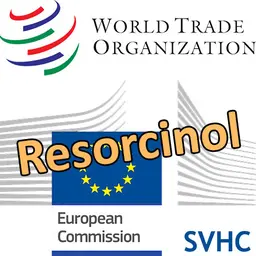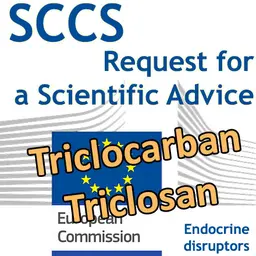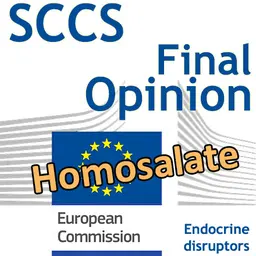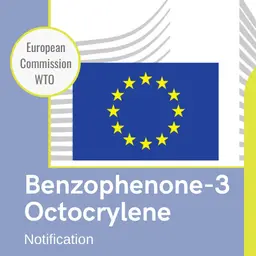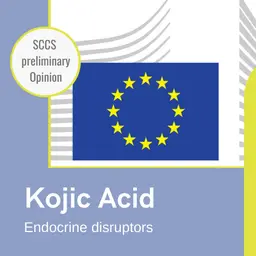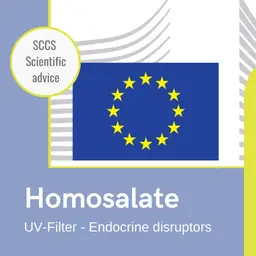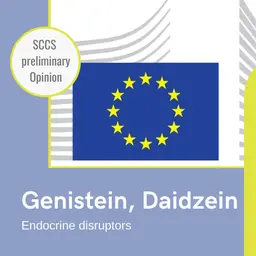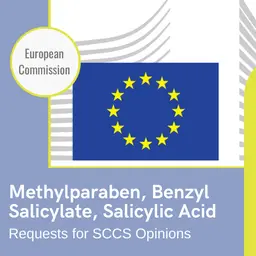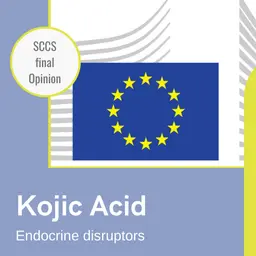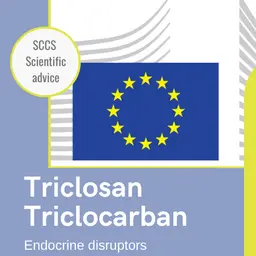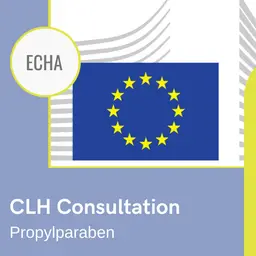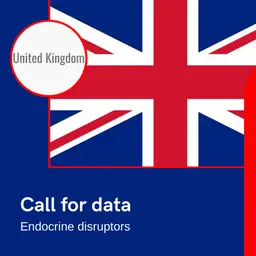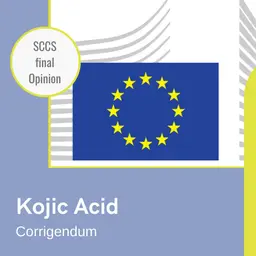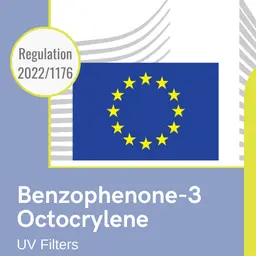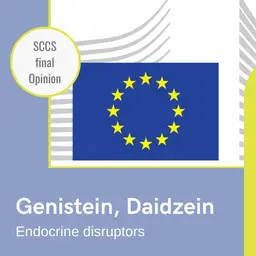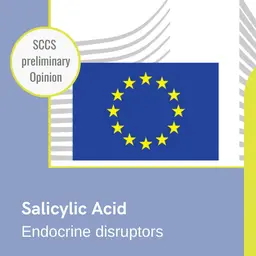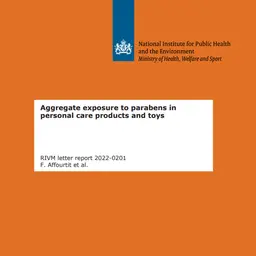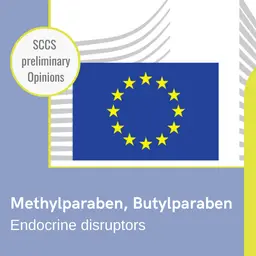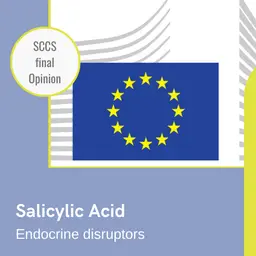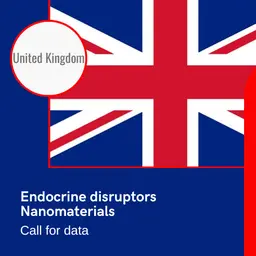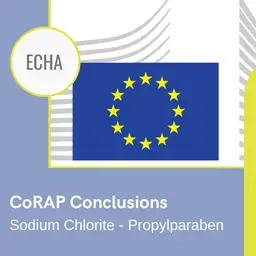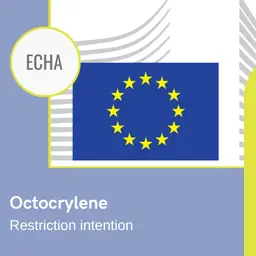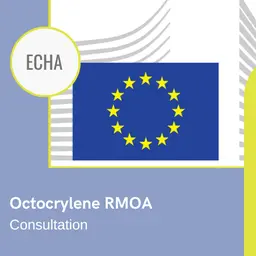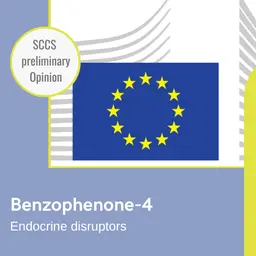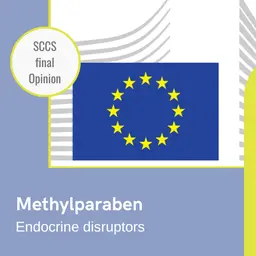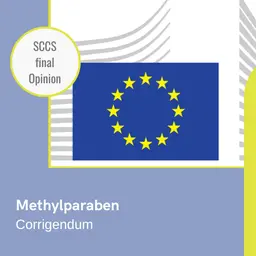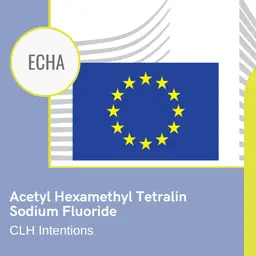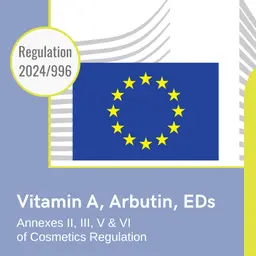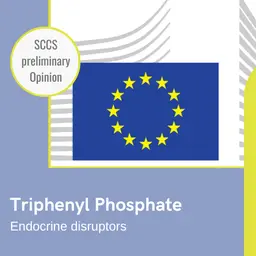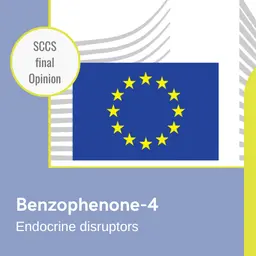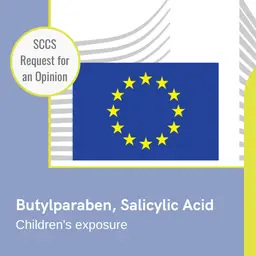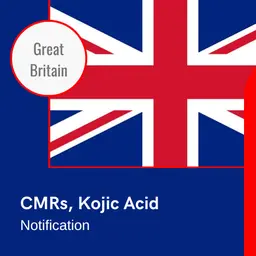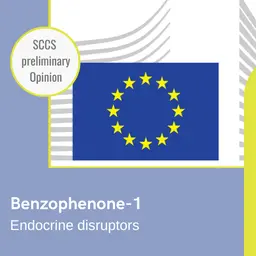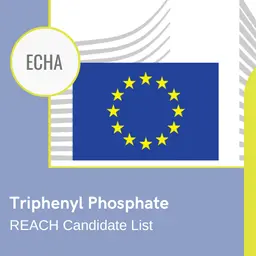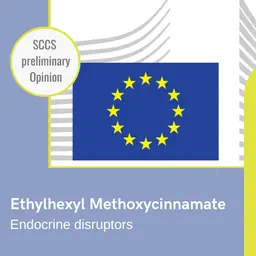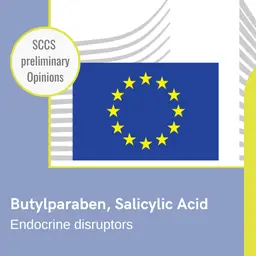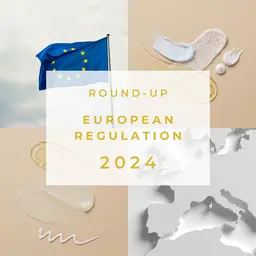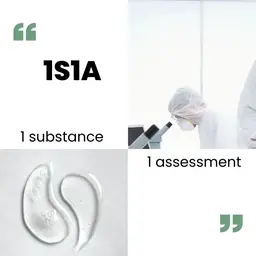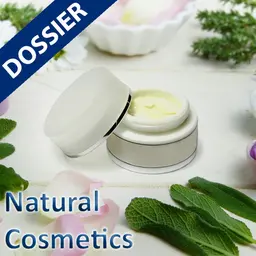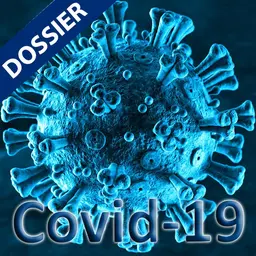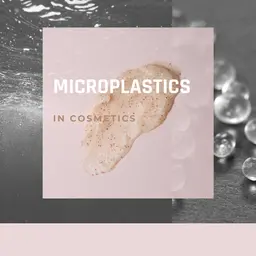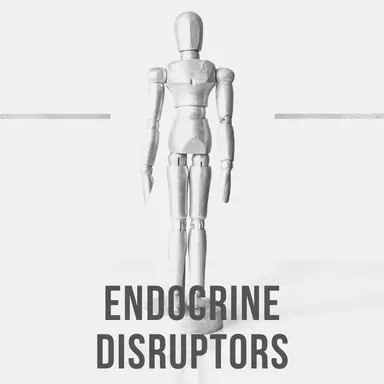
Endocrine disruptors are substances likely to interact with the endocrine system, causing an impact on health, in particular the development of cancers or human reproductive disorders. They can be found in many everyday consumer goods, including cosmetics. They raise much concern and give rise to multiple reactions, both from the general public and political and health authorities. All this implies many uncertainties as regards a number of ingredients widely used in cosmetics formulas. This dossier provides an update on what should be known about endocrine disruptors.
What we know about endocrine disruptors
When we first started to hear about endocrine disruptors, very little was known about them. It was soon widely acknowledged that they were likely to be harmful for human and animal health and for the environment. But through which action processes, in what quantities, under which conditions, for what type of populations… that was much more confused. TLittle by little, the knowledge was refined. Update on what we know today.
How to identify an endocrine disruptor
What goes for endocrine disruptors also goes for all substances suspected of being toxic. To regulate them and ensure their use – or ban – under conditions that guarantee consumer safety, first, we need to be able to define them in order to decide whether an ingredient is concerned or not. The prerequisites to identify endocrine disruptors triggered many debates and controversies. If Europe eventually managed to make some progress (though only for biocides and phytosanitary products), the problem is far from being solved. Cosmetics still do not have identification criteria directly applicable to their sector. However, by drawing on the knowledge accumulated over time, and the criteria defined for others, the first lists of substances with proven or suspected endocrine disrupting potential could be drawn up.
Endocrine disruptors: safety assessment
What is certain is that endocrine disruptors are cosmetic ingredients like any other, so they should be safe for use to be added to cosmetic products. It is the responsibility of political and health authorities, but also of manufacturers and Responsible Persons who place products on the market. As a result, it is essential to assess their safety, and the results should be indicated in the Product Information Files – even if their specificities make it particularly tricky to assess them. Aware of this issue, the European Commission has asked the SCCS to develop some guidelines, and research is progressing to develop testing methods.
Regulation in progress
As a result of media pressure and public health concerns, substances have started to be targeted and their properties studied, in particular through “strategies” defined at national and European level. In cosmetics, it is the SCCS that remains responsible for addressing concerns about the safety of substances suspected of acting as endocrine disrupters under the Cosmetics Regulation, since no revision of the text was finally carried out, as its Article 15 would have allowed. And from a call for data to requests for opinions, a draft regulation of these substances is beginning to emerge.

